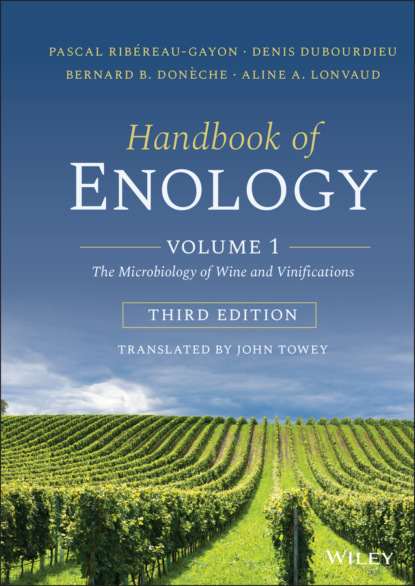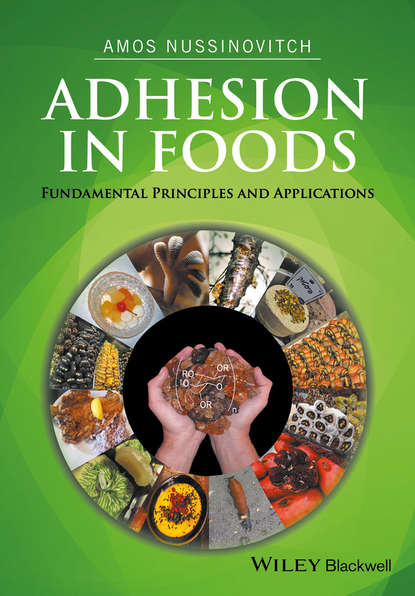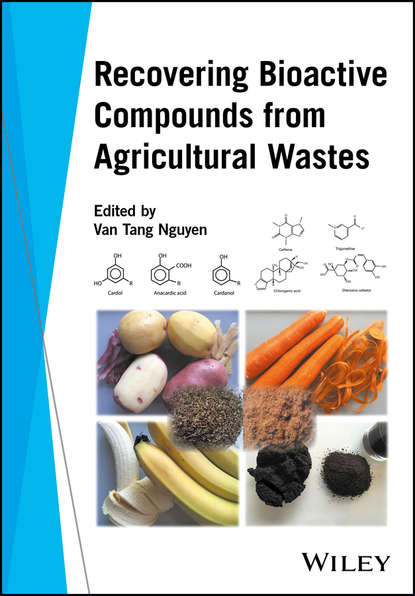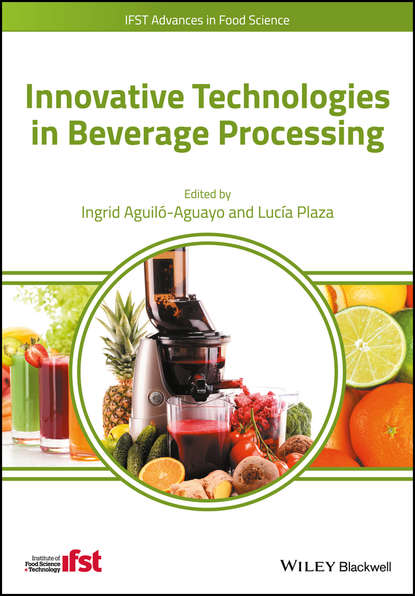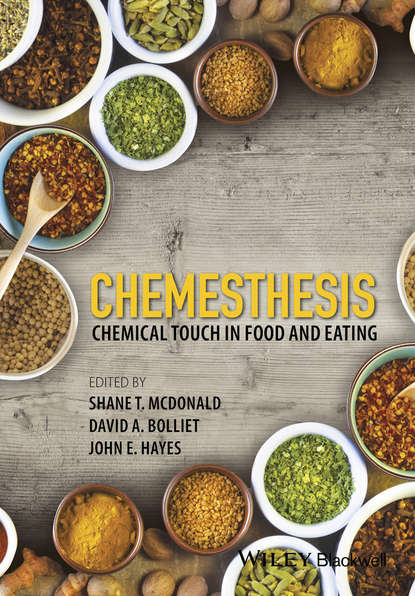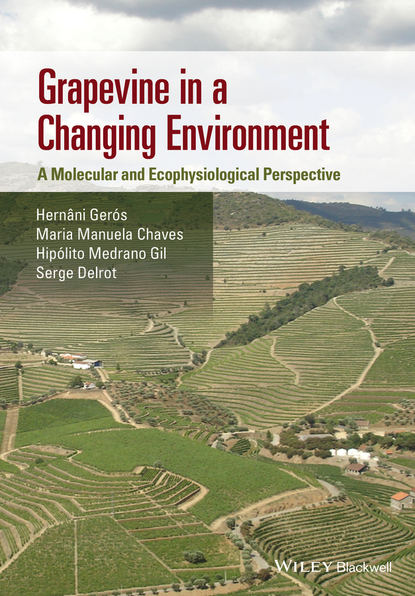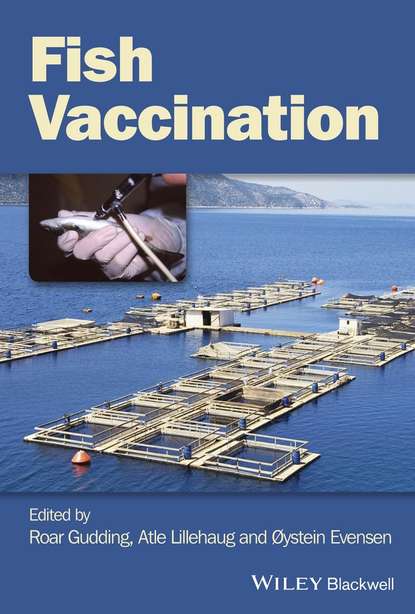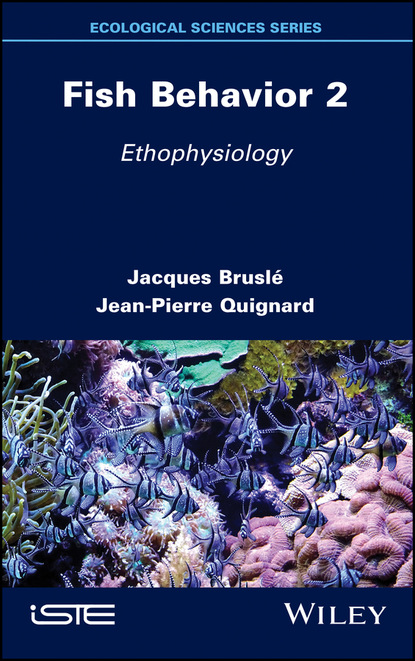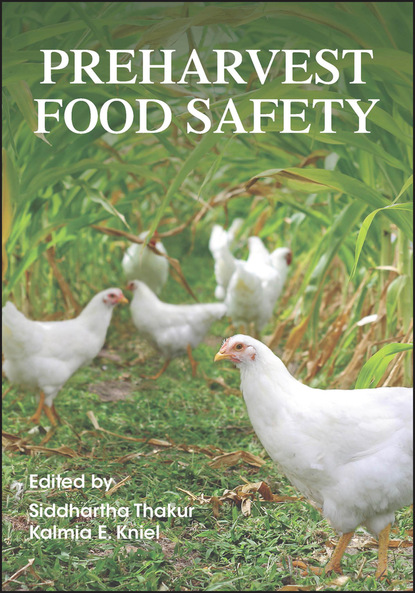"Handbook of Enology" — это научный труд известного французского винодела Паскаля Риберо-Гейона. В книге рассматриваются все аспекты производства вина. Здесь описаны теоретические аспекты виноделия и уделяется внимание микробиологии винограда и его ферментации. Также в статье рассматриваются различные способы стабилизировать вино. Цель этого труда - помочь читателю улучшить свои знания о винодельческой индустрии и применить их на практике.
Вышедший в 2023 году, третий перевод популярного пособия по энологии из семи разделов. Первым разделом является "Микробиология вина и вина", который рассматривает производство "незрелого" вина, начиная с оценки качества винограда, зрелости винограда, исследования биологии дрожжей при добавлении вина в выжимку до окончания ферментации и определения нежелательных условий, таких как дисбаланс молочной и уксусной кислоты, использование сернистого диоксида, альтернативы и др.
Издание предназначено для продвинутых студентов, преподавателей, исследователей-виноведов и практических производителей винограда.
Электронная Книга «Handbook of Enology, Volume 1» написана автором Pascal Ribéreau-Gayon в году.
Минимальный возраст читателя: 0
Язык: Английский
ISBN: 9781119584629
Описание книги от Pascal Ribéreau-Gayon
As an applied science, enology is a collection of knowledge from the fundamental sciences including chemistry, biochemistry, microbiology, bioengineering, psychophysics, cognitive psychology, etc., and nourished by empirical observations. The approach used in the Handbook of Enology is thus the same. It aims to provide practitioners, winemakers, technicians and enology students with foundational knowledge and the most recent research results. This knowledge can be used to contribute to a better definition of the quality of grapes and wine, a greater understanding of chemical and microbiological parameters, with the aim of ensuring satisfactory fermentations and predicting the evolution of wines, an7thd better mastery of wine stabilization processes. As a result, the purpose of this publication is to guide readers in their thought processes with a view to preserving and optimizing the identity and taste of wine and its aging potential. This third English edition of The Handbook of Enology , is an enhanced translation from the 7h French 2017 edition, and is published in print as individual themed volumes and as a two-volume set, describing aspects of winemaking using a detailed, scientific approach. The authors, who are highly-respected enologists, examine winemaking processes, theorizing what constitutes a perfect technique and the proper combination of components necessary to produce a quality vintage. They also illustrate methodologies of common problems, revealing the mechanism behind the disorder, thus enabling a diagnosis and solution. Volume 1: The Microbiology of Wine and Vinifications addresses the first phase of winemaking to produce an «unfinished» wine: grading grape quality and maturation, yeast biology then adding it to the grape crush and monitoring its growth during vinification; and identifying and correcting undesired conditions, such as unbalanced lactic and acetic acid production, use of sulfur dioxide and alternatives, etc. Coverage includes: Wine microbiology; Yeasts; Yeast metabolism; The conditions for the development of yeasts; Lactic acid bacteria, their metabolism and their development in wine; Acetic bacteria; The use of sulfur dioxide in the treatment of musts and wines; Products and processes acting in addition to sulfur dioxide; Winemaking; The grape and its maturation; Harvesting and processing of grapes after harvest; Vinification in red and white wine making. The target audience includes advanced viticulture and enology students, professors and researchers, and practicing grape growers and vintners.
